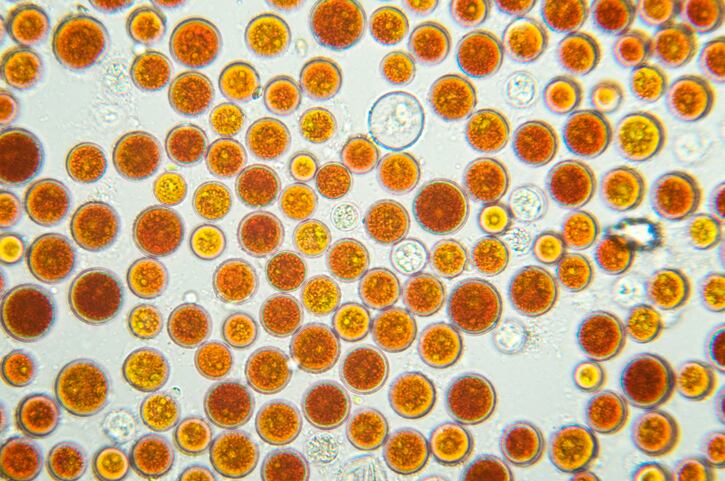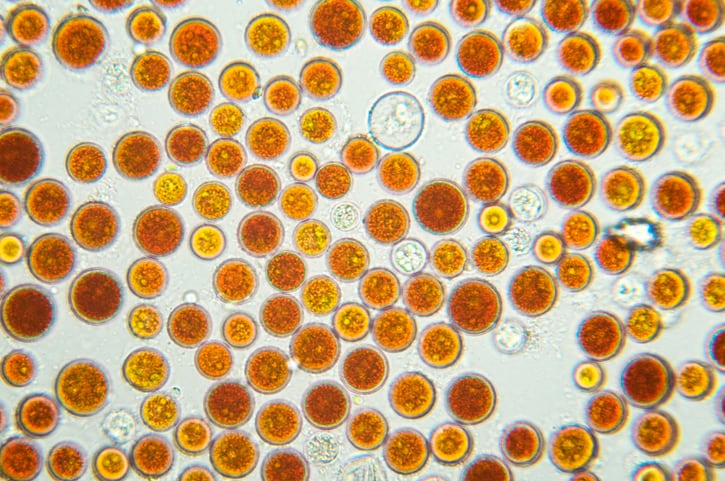Putting an overall size on the astaxanthin market is complicated by the fact that there is a major split. Some astaxanthin ingredients, especially the synthesized forms, are sold as colorants, particularly for aquaculture feed. Other astaxanthin ingredients go into dietary supplements for food consumption.
How lustily is the market growing?
So one assessment of the market size from the research firm MarketsandMarkets—$647 million globally in 2021—has to be taken with a grain of salt. That report predicts the global market for carotenoid will hit $965 million by 2026 with a CAGR of 8.3% in the interim.
For supplement industry observers, the question is what is the feed/dietary ingredient split? As always with the plethora of market reports now available for sale, it’s a matter of who the report writers asked. Trying to determine the validity of the sources for these reports is always a challenge.
While acknowledging the difficulty, Umasudhan Palaniswarmy, CEO of astaxanthin producer Valensa International, said the growth of the market is undeniable.
“Our view on the astaxanthin market data is closer to the research from MarketsandMarkets,” Palaniswarmy told NutraIngredients-USA.
Christian Artaria, CEO for Europe for Chinese astaxanthin producer BGG, said he’s always relied on a seat of the pants approach when it comes to forecasting.
“Well, I spent 20 years checking markets and competitors and to tell you the truth I never bought one of these reports in 20 years,” Artaria told NutraIngredients-USA.
“Having said that we are experiencing an increased demand and we are expecting this to be a long lasting trend. This is the background reason of our investment to extend the size of our site,” he said.
Investments extend to new certification
In addition to the increase in production capacity at its closed tube facility in Yunnan, China, BGG also recently announced having invested in a new certification.
BGG, through its subsidiary Algae Health Sciences, now offers a USDA-certified organic supercritical CO2 astaxanthin oleoresin.
The product, branded as AstaZine, is certified by the National Organic Program (NOP).
The new certification involved certifying the company’s supercritical CO2 process and joins other organic certifications on the company’s algae production facility.
“We just completed our capacity expansion last month, doubling our potential volume to become the largest algae-based astaxanthin producer in the world. So we’ll have plenty of Astaxanthin in both organic and standard forms for every brand that wants it for years to come,” said Bob Capelli, CEO of BGG’s North American operations.




